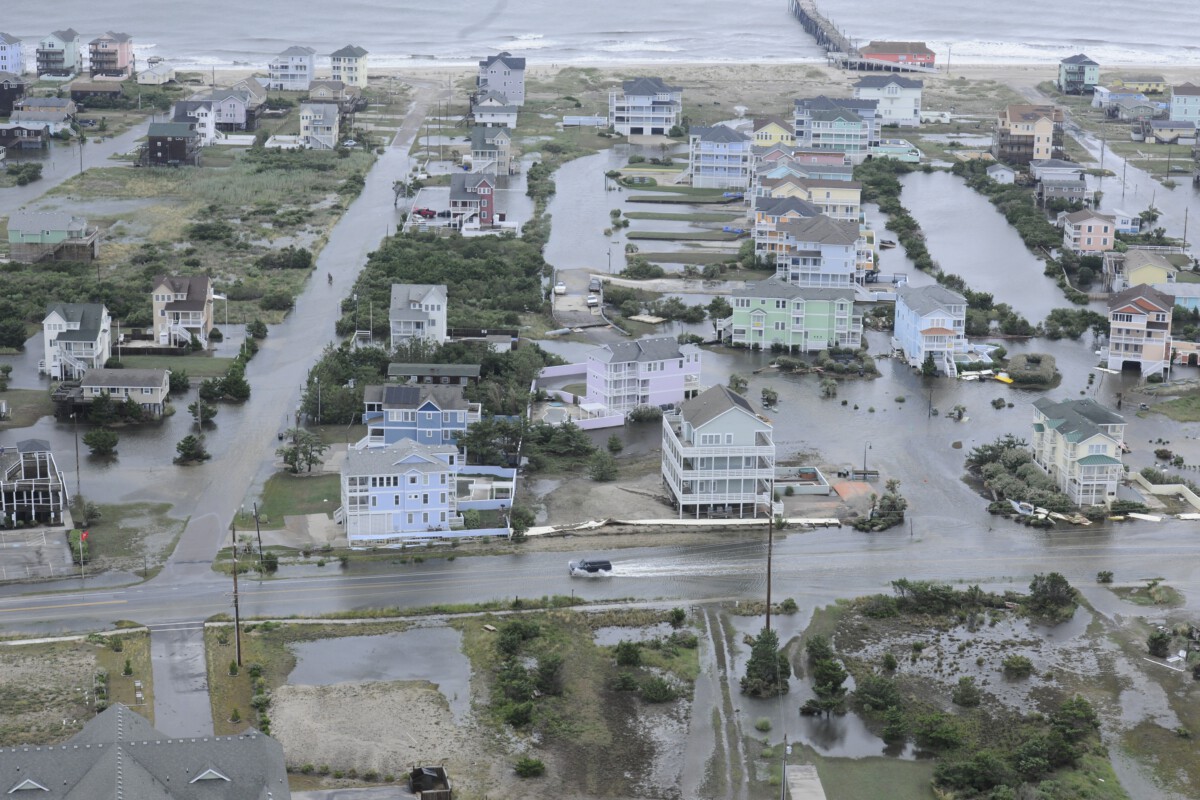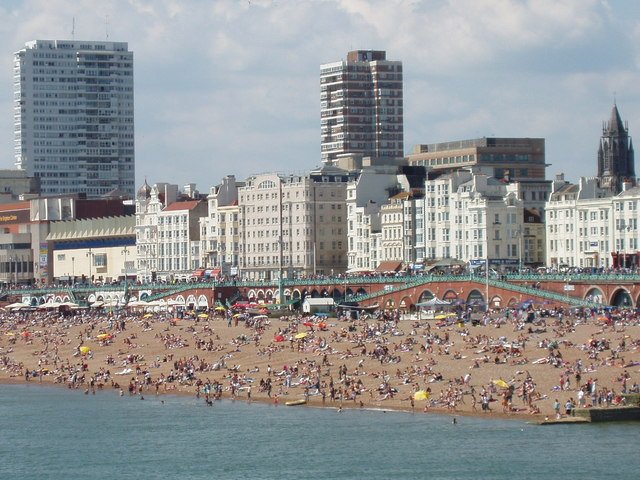Florida: The Hurricane Capital’s Mounting Costs
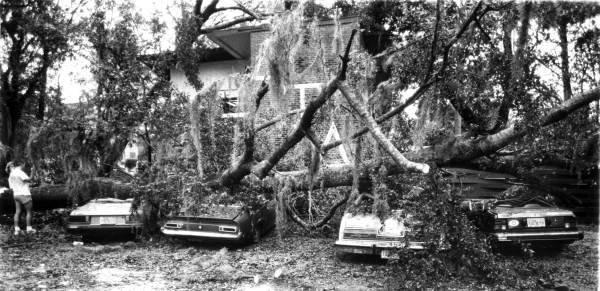
Florida consistently faces the highest hurricane-related losses in the United States, with damages exceeding $100 billion annually according to the National Hurricane Center’s 2024 reports. The state’s unique geography, with over 1,350 miles of coastline, makes it particularly vulnerable to storm surge and wind damage. Recent analysis from the Insurance Information Institute shows that Florida homeowners pay an average of $4,231 per year for hurricane insurance, nearly triple the national average. The 2024 hurricane season alone caused over $45 billion in damages across the state, with Hurricane Milton contributing $34 billion in losses. Property values in high-risk coastal areas have dropped by 15-20% since 2023, according to real estate data from Zillow and Redfin.
Louisiana: Battling Both Storms and Sinking Land
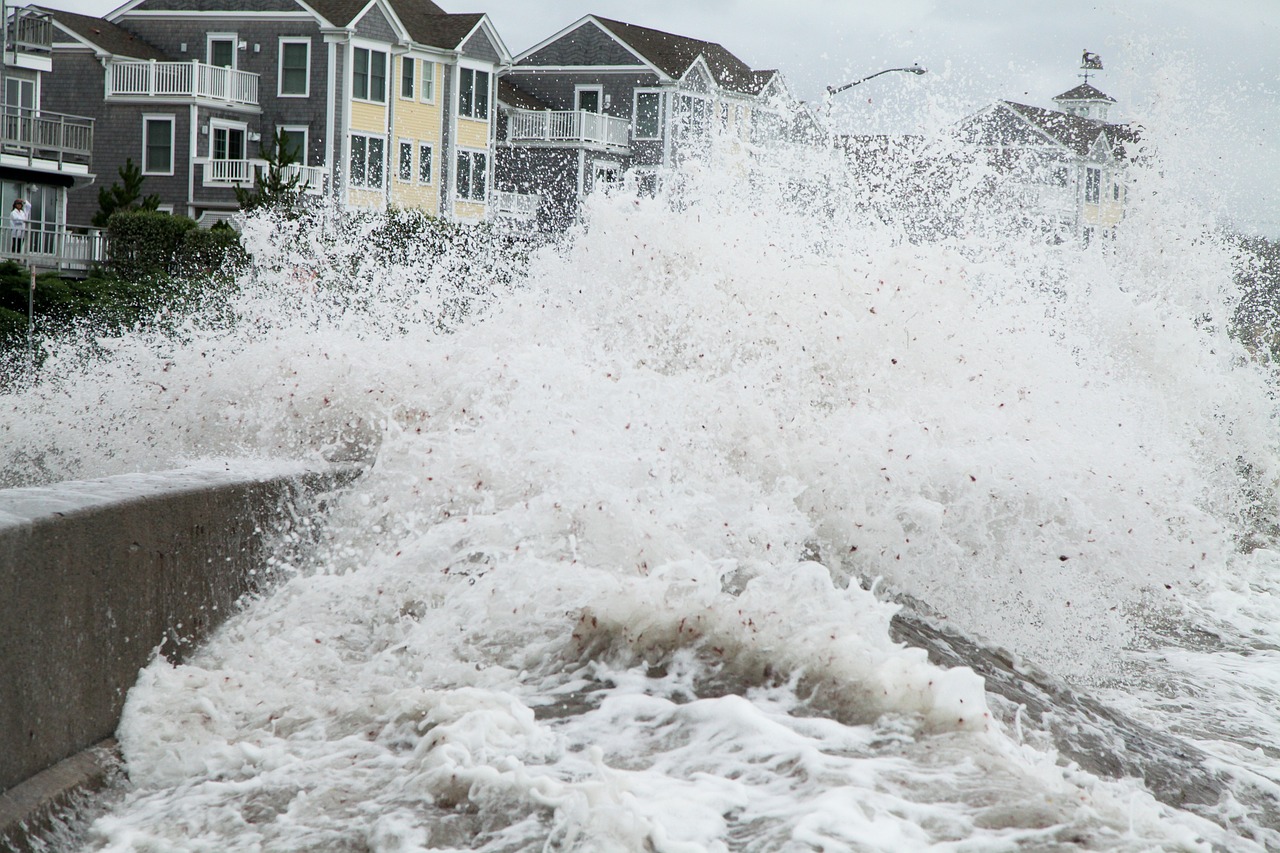
Louisiana faces a double threat from hurricanes and land subsidence, creating astronomical costs for residents and businesses alike. The state loses approximately 75 square miles of coastal land annually, according to the U.S. Geological Survey’s 2024 coastal erosion study. Hurricane insurance premiums in New Orleans average $3,850 per year, while some coastal parishes see rates exceeding $6,000 annually. The 2023 hurricane season resulted in $28 billion in damages statewide, with Hurricane Francine accounting for nearly half of those losses. Louisiana’s unique situation below sea level in many areas means that even Category 1 storms can cause catastrophic flooding, making it the second most expensive state for hurricane-related costs.
Texas: Massive Coastline, Massive Bills

Texas’s 367-mile Gulf Coast generates hurricane costs that rival Florida’s, with the Houston metropolitan area particularly vulnerable to storm surge and flooding. According to the Texas Department of Insurance, hurricane-related claims in 2024 totaled $39 billion, marking the third consecutive year of increasing costs. The average hurricane insurance premium along the Texas coast ranges from $2,800 to $4,500 annually, depending on proximity to the Gulf. Hurricane Beryl in 2024 caused $15 billion in damages alone, primarily affecting the greater Houston area and coastal communities. The state’s rapid population growth in coastal counties has increased exposure to hurricane risks, with over 2.3 million new residents moving to hurricane-prone areas since 2020.
North Carolina: Outer Banks Under Pressure
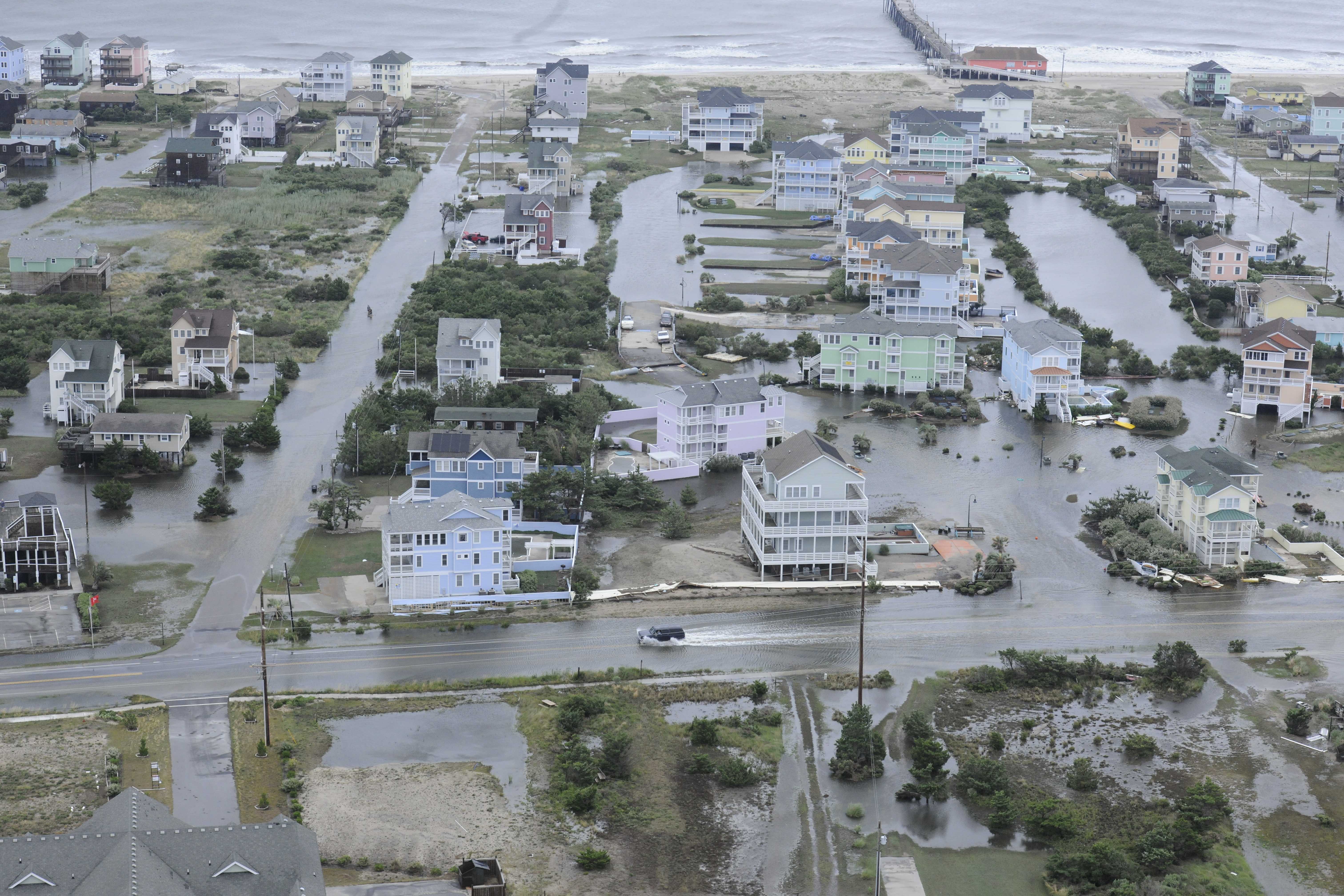
North Carolina’s Outer Banks and coastal plain region face escalating hurricane costs, with the state ranking fourth nationally for storm-related expenses. The North Carolina Department of Public Safety reported $18 billion in hurricane damages during the 2024 season, primarily from Hurricane Helene’s unprecedented inland flooding. Coastal property insurance rates have increased by 45% since 2023, with average annual premiums reaching $2,400 for beachfront properties. The state’s unique vulnerability to both coastal storm surge and inland flooding from slow-moving storms creates complex damage patterns that drive up costs. Recent studies from Duke University indicate that sea level rise along North Carolina’s coast is accelerating, with levels rising 3.2 millimeters annually compared to the global average of 2.1 millimeters.
South Carolina: Charleston’s Historic Challenge
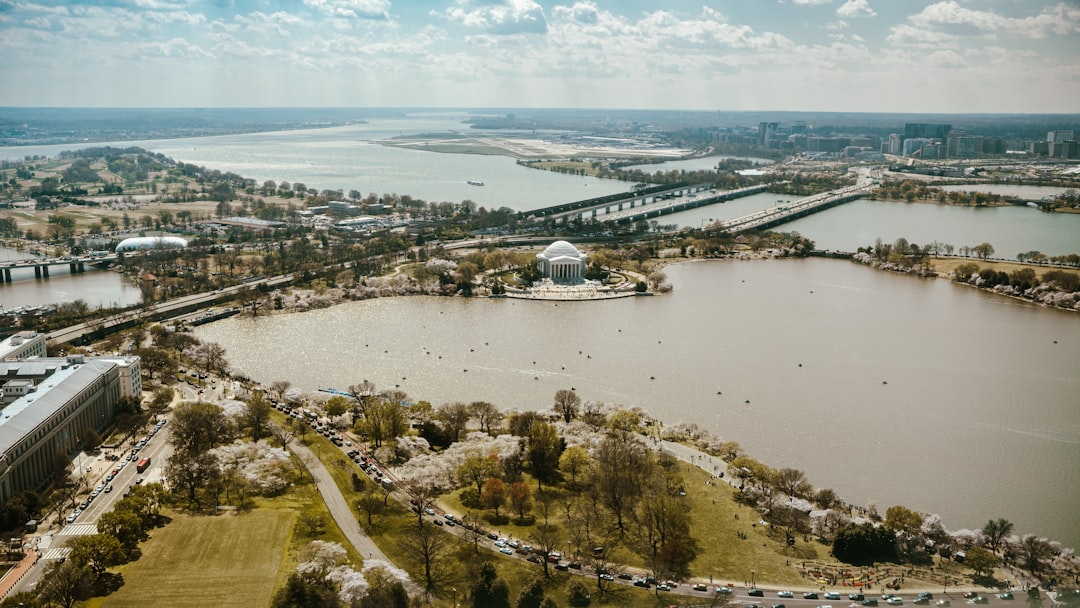
South Carolina faces mounting hurricane costs, particularly in the Charleston metropolitan area where historic flooding patterns compound storm damage. The South Carolina Emergency Management Division reported $12 billion in hurricane-related damages for 2024, with Hurricane Debby contributing $8 billion of those losses. Insurance premiums for coastal properties average $2,100 annually, but historic downtown Charleston properties often face rates exceeding $3,500 due to flood risk. The state’s low-lying coastal geography makes it particularly susceptible to storm surge, with some areas experiencing surge heights of 15-20 feet during major hurricanes. Population growth in coastal counties has increased by 18% since 2020, putting more people and property in harm’s way.
Alabama: Gulf Shores Facing Rising Tides

Alabama’s 53-mile coastline may be short, but it packs a financial punch when hurricanes strike the Gulf Coast region. The Alabama Emergency Management Agency documented $8.5 billion in hurricane damages during 2024, with Mobile and Baldwin counties bearing the brunt of the costs. Coastal insurance premiums average $1,900 annually, though beachfront properties in Gulf Shores and Orange Beach often see rates above $3,000. Hurricane Sally in 2020 and subsequent storms have highlighted the state’s vulnerability to slow-moving hurricanes that cause extensive flooding. The Port of Mobile, one of the nation’s largest, adds significant economic risk during hurricane events, with port closures costing an estimated $200 million per day.
Mississippi: Biloxi’s Billion-Dollar Battles

Mississippi’s Gulf Coast continues to recover from Hurricane Katrina while facing new storms that threaten the state’s economic stability. The Mississippi Emergency Management Agency reported $6.8 billion in hurricane damages for 2024, with casino closures along the coast adding to economic losses. Coastal property insurance averages $1,750 annually, but many properties remain uninsurable due to repeated flood damage. The state’s barrier islands provide some natural protection, but they’re eroding at a rate of 25 feet per year according to USGS studies. Hurricane Zeta in 2020 and subsequent storms have shown that even weaker hurricanes can cause disproportionate damage to Mississippi’s vulnerable coastal infrastructure.
Georgia: Savannah’s Surge Concerns

Georgia rounds out the list of most expensive hurricane states, with coastal Savannah and Brunswick areas facing increasing storm costs. The Georgia Emergency Management and Homeland Security Agency recorded $4.2 billion in hurricane damages during 2024, primarily from Hurricane Helene’s storm surge and wind damage. Coastal insurance premiums average $1,650 annually, with historic Savannah properties often paying premium rates due to age and flood risk. The state’s relatively stable coastline provides some protection, but sea level rise is accelerating, with Savannah experiencing 11 inches of rise since 1935. Hurricane Matthew in 2016 and subsequent storms have demonstrated that Georgia’s coast remains vulnerable to major hurricane impacts despite its geographic advantages.
Vermont: Mountain State, Minimal Hurricane Impact
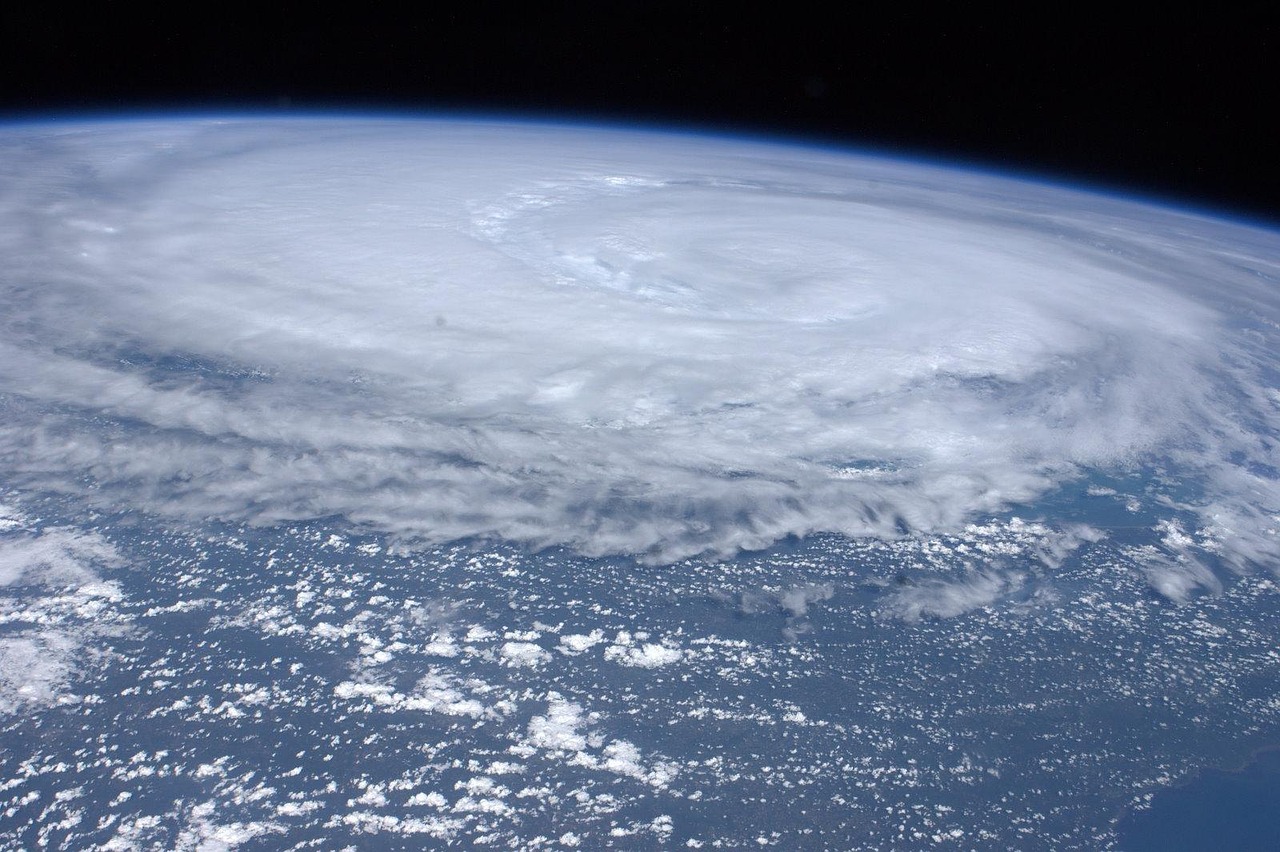
Vermont consistently ranks as one of the safest states from hurricane damage, with annual storm-related costs typically under $50 million according to the Vermont Emergency Management Division. The state’s inland location and mountainous terrain naturally weaken any hurricanes that track northward, reducing wind speeds to tropical storm levels or less. Hurricane insurance isn’t required for most Vermont properties, and wind damage coverage averages just $200-400 annually when purchased. The Green Mountains act as a natural barrier, breaking up storm systems before they can cause significant damage. Even during major hurricane years like 2024, Vermont’s total storm damages rarely exceed $100 million, making it one of America’s most hurricane-safe states.
Wyoming: High Plains, Low Hurricane Risk

Wyoming’s elevated geography and distance from coastal waters make it virtually immune to hurricane impacts, with zero direct hurricane damages recorded in state history. The National Weather Service confirms that no tropical cyclone has ever maintained hurricane strength while reaching Wyoming’s borders. Property insurance in Wyoming doesn’t include hurricane coverage, and residents face annual storm-related costs averaging less than $25 million statewide. The Rocky Mountains provide an impenetrable barrier to any weakened tropical systems, ensuring that Wyoming remains America’s safest state from hurricane damage. Even the most powerful hurricanes in U.S. history have dissipated long before reaching Wyoming’s high plains.
Montana: Big Sky, Small Hurricane Worries
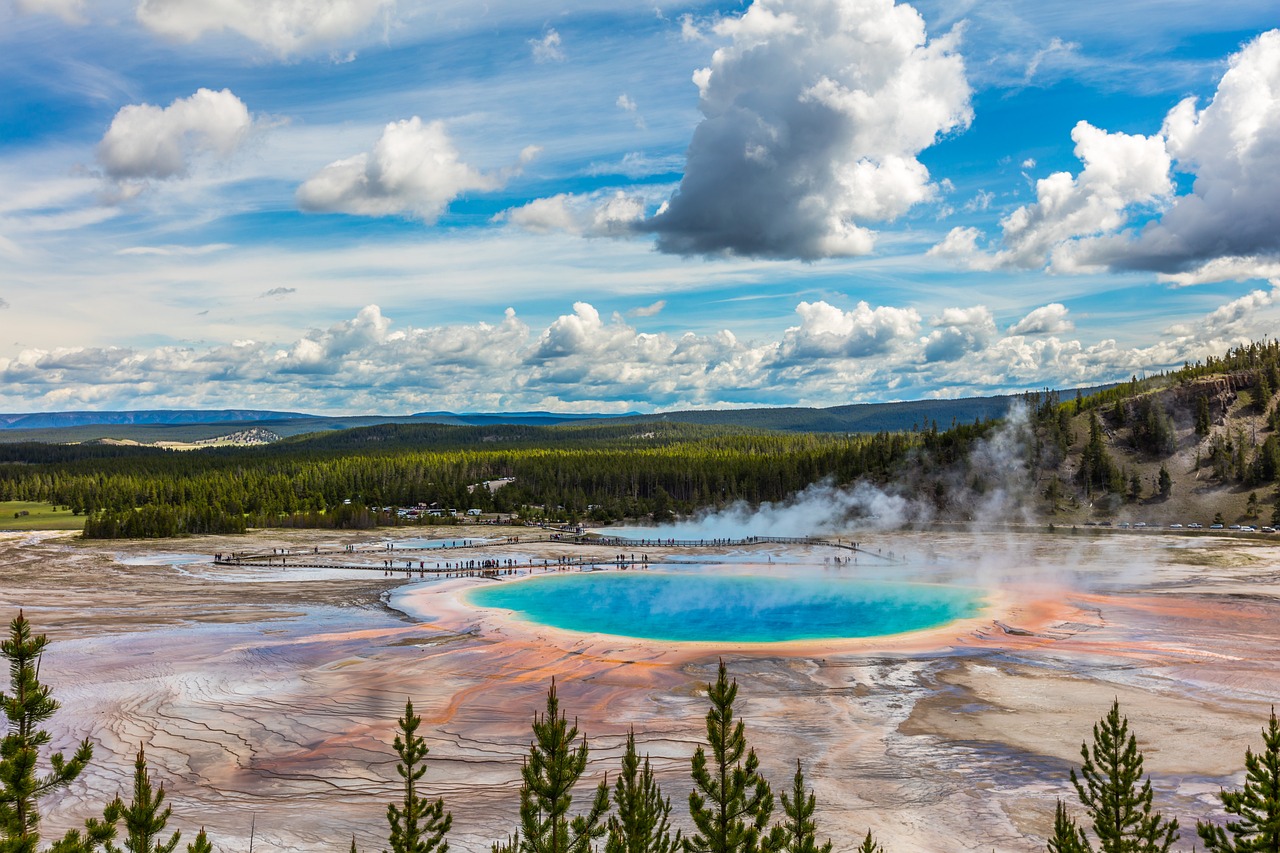
Montana’s northern location and continental climate make hurricane impacts virtually impossible, with the state recording zero hurricane-related damages throughout its recorded history. The Montana Disaster and Emergency Services Division reports that tropical weather systems have never reached the state with any significant strength. Insurance rates in Montana don’t factor in hurricane risk, keeping property insurance costs among the nation’s lowest for weather-related coverage. The state’s distance from any ocean, combined with the Rocky Mountain barrier, ensures that hurricanes dissipate thousands of miles before reaching Montana. Residents enjoy some of America’s most stable weather patterns, with annual storm damages typically under $30 million from all weather sources combined.
North Dakota: Northern Shield from Storm Surge
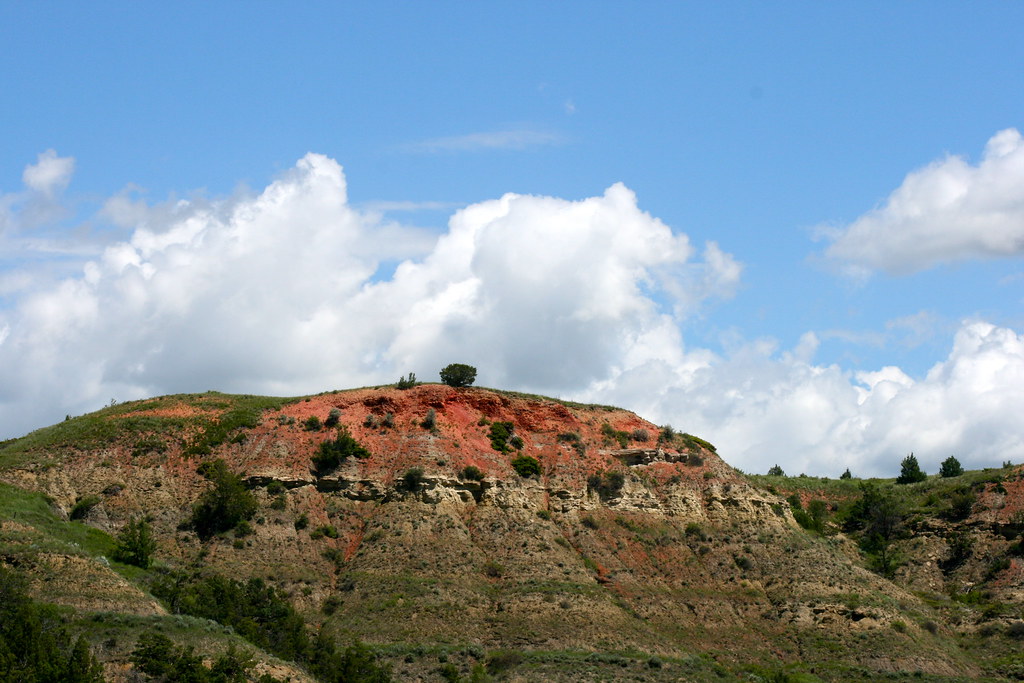
North Dakota’s northern prairie location makes it one of America’s most hurricane-safe states, with no recorded hurricane impacts in state history. The North Dakota Department of Emergency Services confirms that tropical cyclones lose all hurricane characteristics before reaching the state’s borders. Property insurance costs remain low due to the absence of hurricane risk, with weather-related coverage focusing on winter storms and tornadoes instead. The state’s flat terrain and northern latitude create climate conditions that are fundamentally incompatible with tropical cyclone survival. Even during the most active hurricane seasons, North Dakota residents face zero risk from tropical weather systems, making it an ideal location for those seeking to avoid hurricane-related costs and damages.
Colorado: Rocky Mountain Hurricane Barrier
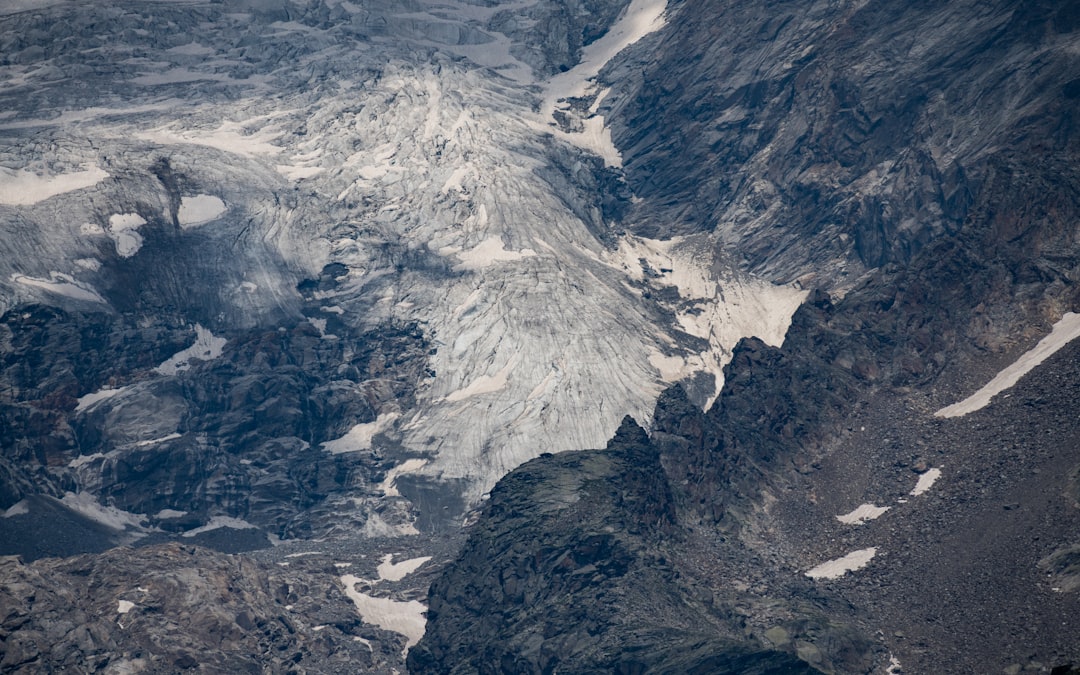
Colorado’s high altitude and Rocky Mountain location create a natural fortress against hurricane impacts, with the state recording zero direct hurricane damages. The Colorado Division of Homeland Security confirms that no tropical cyclone has ever maintained significant strength while crossing into Colorado territory. Hurricane insurance isn’t offered to Colorado residents since the risk simply doesn’t exist at the state’s elevation and distance from coastal waters. The Continental Divide acts as an impenetrable barrier to tropical weather systems, ensuring that any remnant moisture arrives only as normal precipitation. Colorado’s mountain geography and elevation make it one of the most hurricane-secure states in America, with residents focusing insurance concerns on wildfire and winter weather instead.
What surprises you more—that some states face billions in hurricane costs annually, or that others remain completely untouched by these devastating storms?

